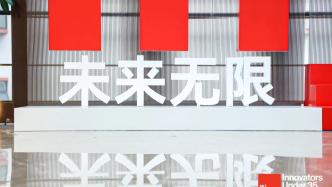
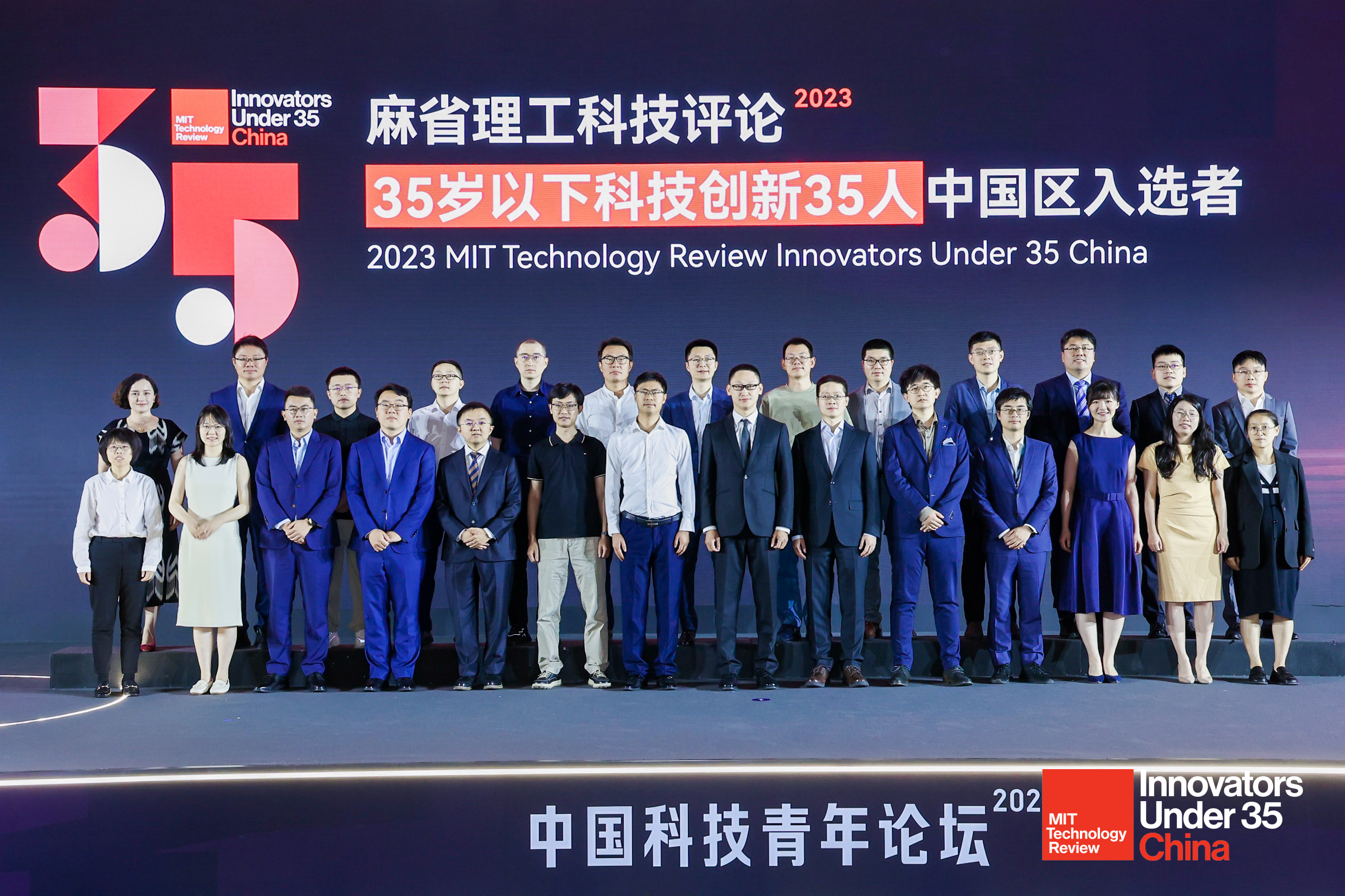
Selected in the 7th TR35 ("Technological Innovation 35 People Under 35 Years Old") list in China.
“One of the best ways to understand the future is to look at what the best young scientists in the world are doing.” On the afternoon of July 11, Niall Firth, executive editor of MIT Technology Review, said.
On the same day, the 2024 China Science and Technology Youth Forum and the MIT Technology Review Innovators Under 35 (TR35) China launch ceremony were held at Big Zero in Minhang District, Shanghai. Held at No. 1 Bay Science and Technology Building.
Thirty-five young talents were selected, including Zulipia Sadik, associate professor at Shanghai Jiao Tong University, and Ji Li, professor at the School of Microelectronics at Fudan University.
They are the nominees of the seventh TR35 China list and are considered to be people who will change the world.
In the previous six sessions, hundreds of Chinese young scientific and technological talents have emerged: including Lu Chaoyang who is deeply involved in quantum information technology, Cong Le, an important contributor to CRISPR gene editing technology, Zheng Jinxing who is devoted to fusion superconducting physics, and who is involved in the development of Beidou satellite navigation system. Xu Ying, Shen Yichen who explores the commercialization of optical AI chips, Yao Song, a serial entrepreneur who went from Field Programmable Gate Array (FPGA) chips to commercial aerospace, etc.
Technological competition is essentially talent competition
“The only way to innovate is to win people.”
On the afternoon of the 11th, Ding Kuiling, an academician of the Chinese Academy of Sciences and president of Shanghai Jiao Tong University, who attended the above-mentioned release ceremony "at the doorstep" of Shanghai Jiao Tong University, said that competition in science and technology is essentially a competition for talents. Innovation drive is essentially driven by talents. Behind a technologically powerful country is a talented country. He said that strengthening the school with talents has become a broad consensus and a firm main strategy within Shanghai Jiao Tong University.
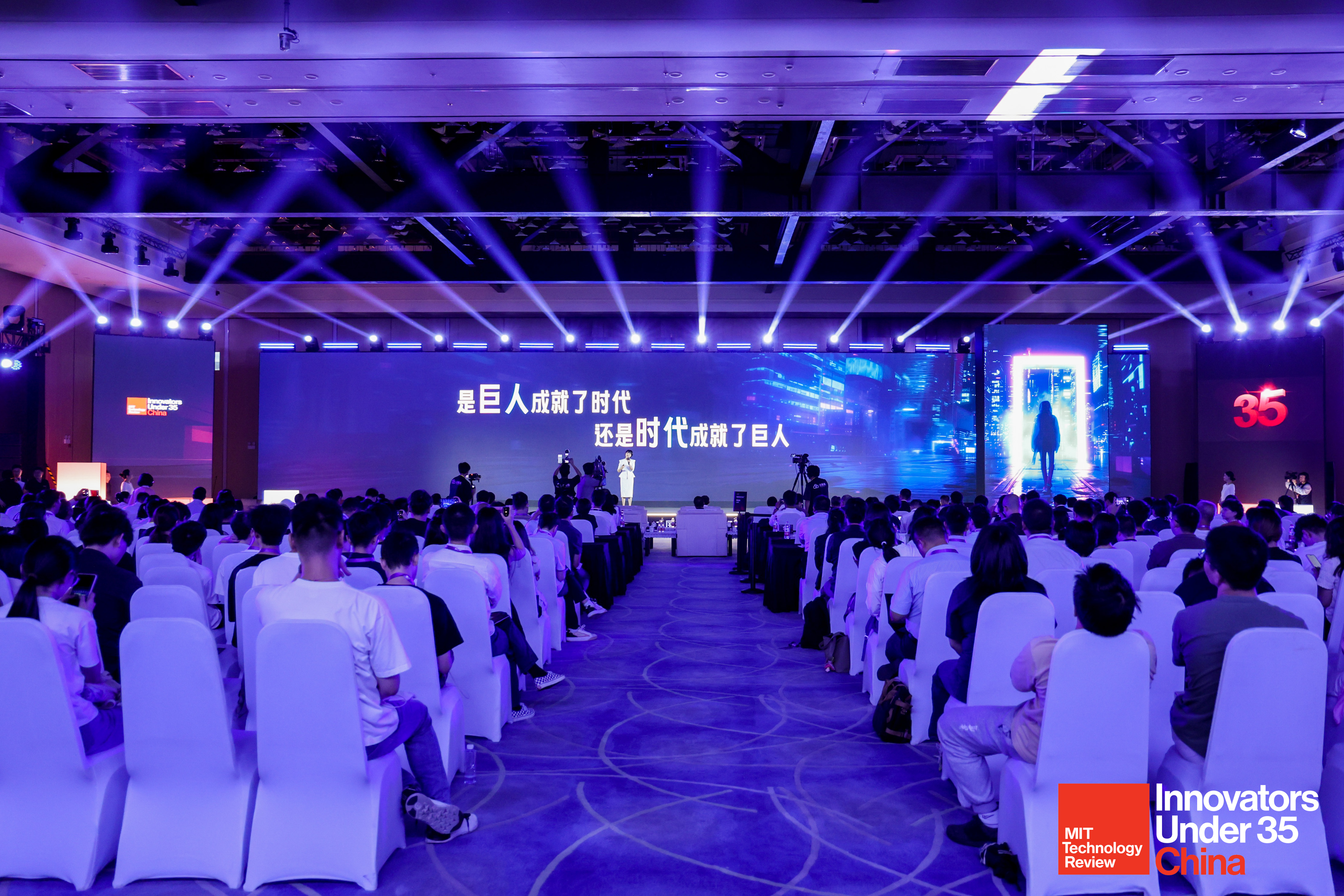
Tan Weihong, academician of the Chinese Academy of Sciences and director of the Hangzhou Institute of Medical Sciences of the Chinese Academy of Sciences, said in his speech that he hopes that the young people here can embrace a happy scientific research career with a brave heart, a grateful heart, and a thirst for knowledge.
As one of the judges, Mi Lei, founding partner of Zhongke Chuangxing, an early-stage venture capital institution focusing on hard technology, told The Paper that looking at the candidates in recent years, there are some changes or trends in terms of disciplines, " In recent years, the number of candidates in the material category has obviously increased, the number of chip categories has also increased, and the number of quantum categories has also increased. "He looks forward to the next generation of technology in particularly cutting-edge fields, such as the quantum field and controllability. There are more applicants in fields such as nuclear fusion, synthetic biology, and aerospace.
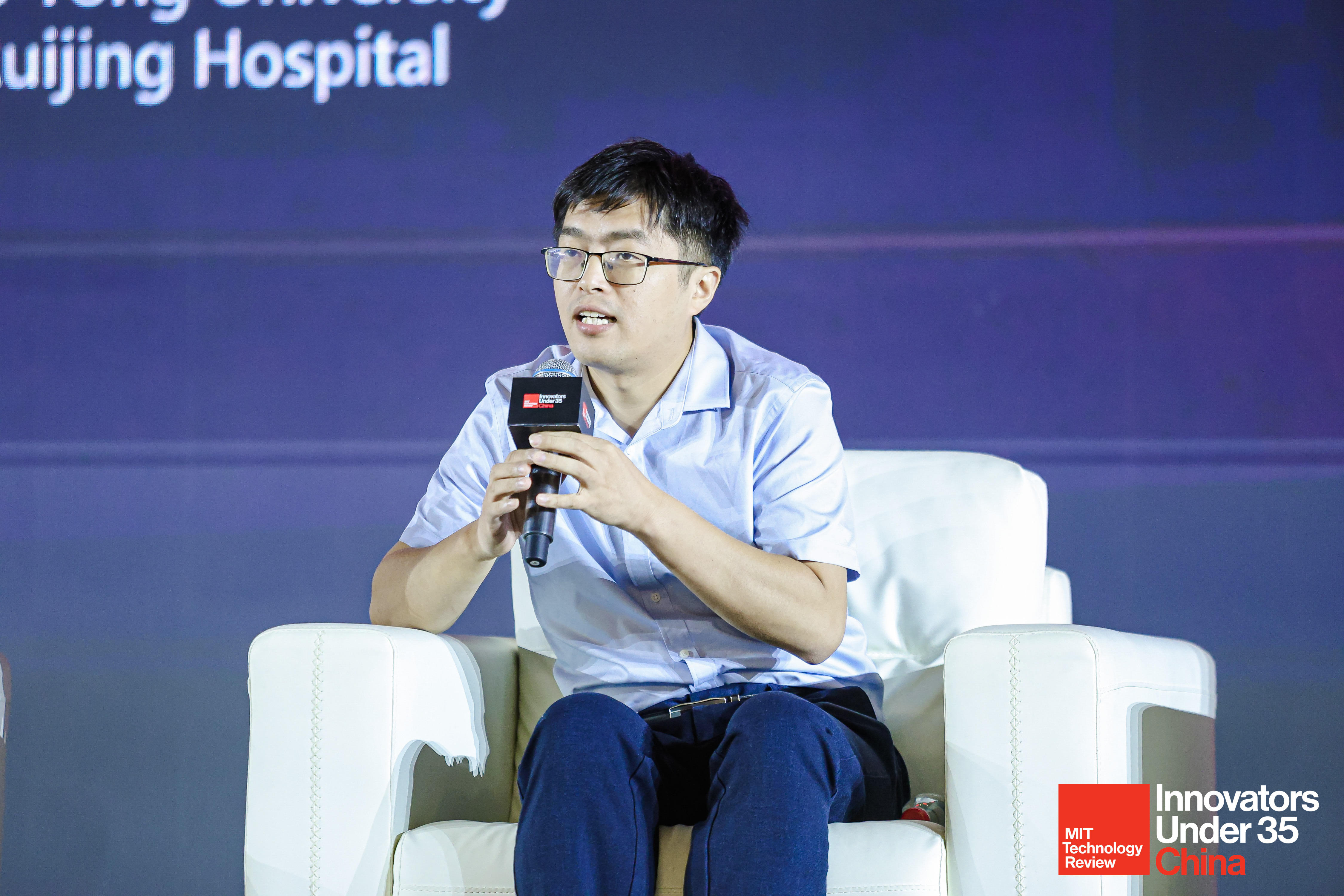
Ni Dalong, leader, researcher and doctoral supervisor of the "Nano Repair Medicine" research group at Ruijin Hospital Affiliated to Shanghai Jiao Tong University School of Medicine/Shanghai Institute of Orthopedics and Traumatology.
From materials "crossing over" to medicine, Ni Dalong, who studied for a doctorate at the Shanghai Institute of Ceramics, Chinese Academy of Sciences, is now a member of the "Nano Repair Medicine" research team at Ruijin Hospital Affiliated to Shanghai Jiao Tong University School of Medicine/Shanghai Institute of Traumatology and Orthopedics Director, researcher, doctoral supervisor. He was the first to propose the concept of "nano-restorative medicine" and was selected into the TR35 Asia-Pacific list in 2023.
Ni Dalong told The Paper that he believes that the vitality of innovation does come from intersection and cross-border. “Communicate more with clinicians and ask more questions.”
He said that as a non-clinical expert , he feels that one of the biggest advantages of working in a hospital is that it can achieve full cross-integration of medicine and engineering . "Many clinical problems encountered do not know how to solve them? There is even no solution. We can use materials Or use chemical means to solve it."
Ni Dalong revealed that a gel currently developed by his scientific research team is expected to achieve scar-free repair of skin damage. Not only can it publish innovative articles, it may also be launched as a product in the future.
Their team is also developing an externally coated nanomedicine that can absorb X-rays and can be used as a radiation therapy protective agent. "We know that many clinical patients need radiotherapy. After radiotherapy, there may be redness, swelling, damage and ulceration around the lesion, and some patients may even have long-term recurring attacks. After this drug is applied, it can protect the surrounding tissue from being damaged by X-rays. We Just expose the diseased tissue," Ni Dalong said.
Born in Kashgar, studied and worked in Shanghai
Among the latest batch of selectees in TR35 China, there are "Pioneers" who have the courage to explore unknown scientific boundaries and challenge the limits of science and technology; there are "Entrepreneurs" who have the courage to start a business to pursue dreams and pursue value innovation; and there are dedicated There are "Humanitarians" who use science and technology to do good and build a better society; there are "Visionaries" who reshape classic technologies from a unique perspective; there are also those who transform fantastic ideas into products and technologies that will lead the future. "Inventors".
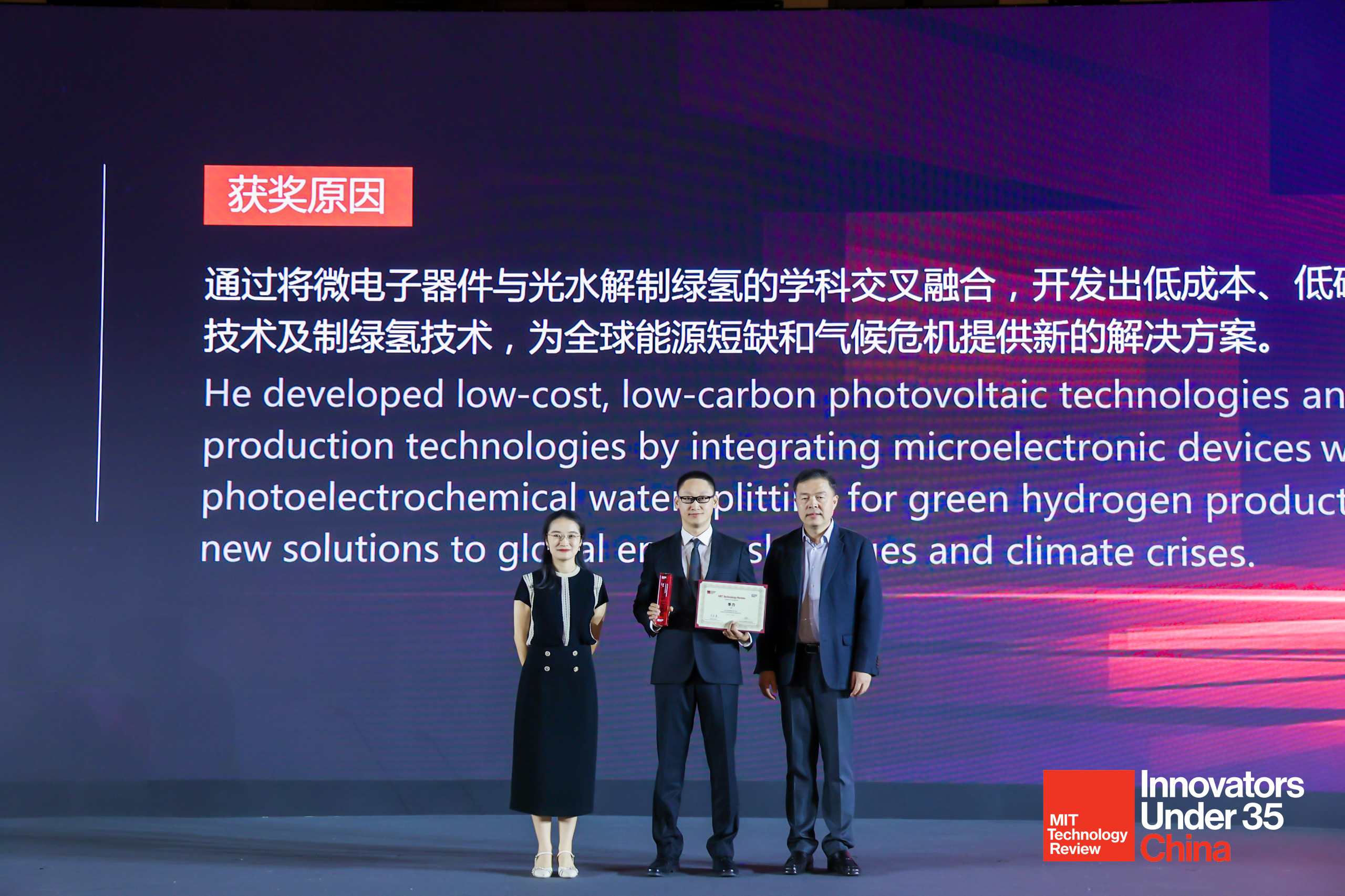
Ji Li, a professor at the School of Microelectronics at Fudan University, was named an inventor. He hopes to use light to produce hydrogen in an environmentally friendly way.
Ji Li, the latest TR35 China candidate and professor at the School of Microelectronics of Fudan University, was awarded the title of inventor. He hopes to use light to produce hydrogen in an environmentally friendly manner.
The reason for his selection is: through the interdisciplinary integration of microelectronic devices and photohydrolysis to produce green hydrogen, he has developed new low-cost, low-carbon-emission crystalline silicon photovoltaic technology and green hydrogen production technology to provide support for global energy shortages and climate crises. New solutions.
Ji Li told The Paper that the more mature hydrogen production technology now is electrolysis of water, but its power consumption is relatively high, and the main energy source still uses thermal power, which still comes from fossil fuels, so its carbon emissions are still relatively high. "We hope to eventually generate hydrogen directly from light - direct photolysis of water."
He explained that the light here does not need to generate electricity, but in a single device, the photogenerated carriers directly reach the surface and hydrogen gas can be generated immediately, so the overall loss is very low.
Ji Li said that his goal is to finally implement the above technology. "Now our laboratory has completed a verification, but from 0 to 1, from 1 to 2, from 2 to 10, every step needs to be taken very hard. Technical leadership does not mean that it must be mature. Upstream and downstream The industry needs to develop slowly. We hope to finally put this technology into practice.”
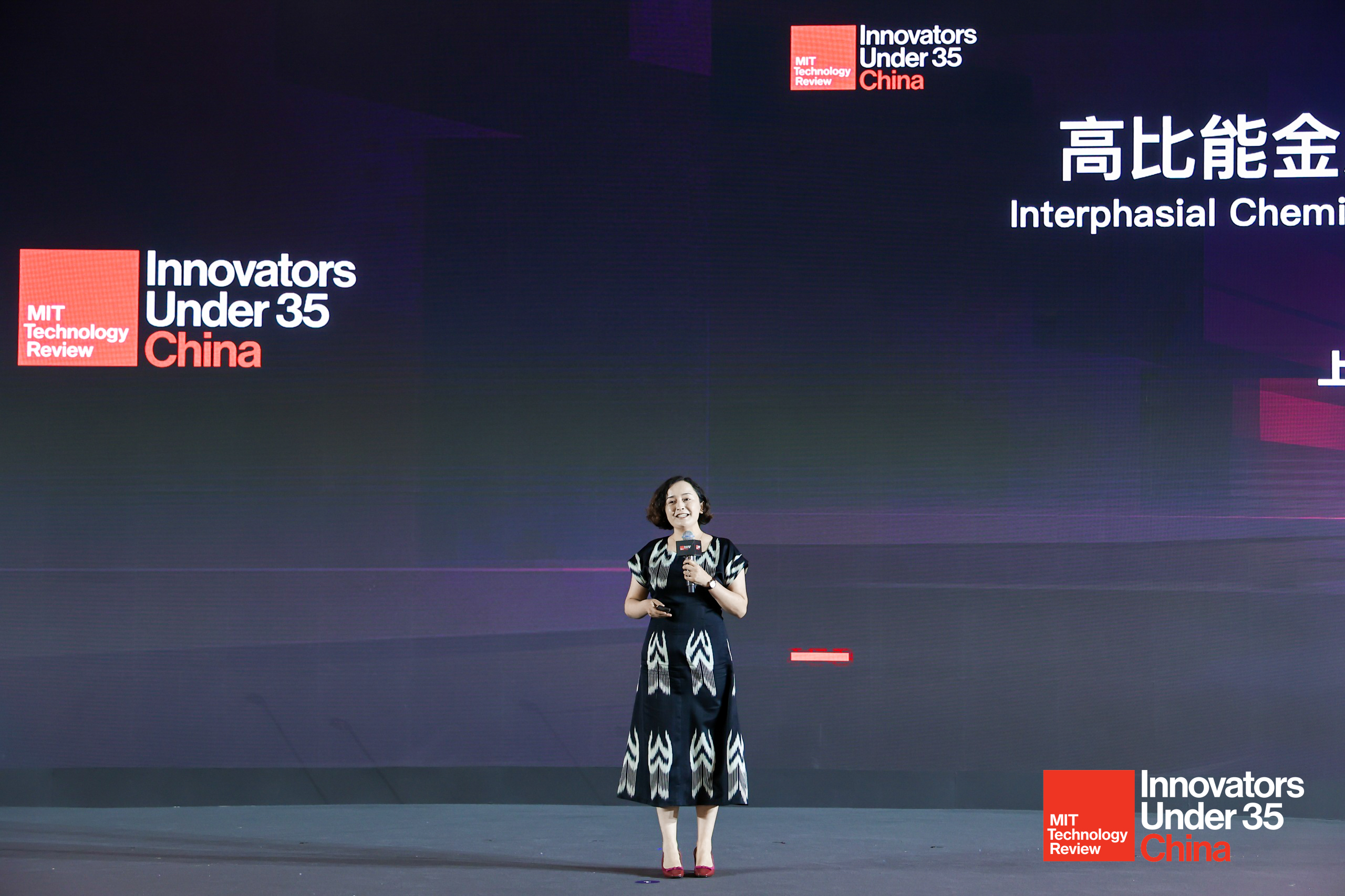
Zulipia Sadik, associate professor at Shanghai Jiao Tong University, was named a Pioneer.
The latest TR35 China candidate and associate professor at Shanghai Jiao Tong University, Zulipia Sadik, was named a pioneer. She hopes to develop high-energy-density batteries.
The reason for her selection is to confirm that lithium fluoride and lithium hydride are the main components of the metallic lithium anode interface, and establish a battery failure model, which provides important ideas for the optimization of the metallic lithium anode interface and the development of ultra-high specific energy battery systems.
Zulipia Sadik was born in Kashgar, Xinjiang. She studies, works and takes root in Shanghai.
"Chemistry, I think, can be understood as 'magician'. It involves many fields, such as pharmaceuticals, batteries, cosmetics..." Zulipia Shadik said. She was particularly fond of chemistry in high school. She studied chemical engineering as an undergraduate at Shanghai Jiao Tong University, and then studied for a doctorate in physical chemistry at Fudan University, slowly entering the field of battery research.
"What I want to do is a low-cost, high-safety, high-energy-density battery system that can not only meet the needs of energy storage, but also meet the energy needs of electric buses and electric aircraft."
Regarding TR35, Zulipia Shadik said that her biggest gain was in the preparation stage of application materials. At that time, she worked hard to condense the innovations and contributions in her research and come up with new ideas. At the launch ceremony, she exchanged and learned with other selected candidates, and the intersection and integration of different disciplines created sparks. She once again felt the charm of science and the power of innovation.
Bao Fan, 27-year-old co-founder and chief technology officer of Shengshu Technology, was named a pioneer. The reason for his selection is: leading the team to develop China's first large-scale video model with long duration, high consistency and high dynamics, Vidu.
The 31-year-old Yang Zhilin, the founder and CEO of Dark Side of the Moon Kimi, was awarded the title of Entrepreneur. The reason for his selection is: to use a capable team to practice the "law of scale" of large models, to achieve continuous improvement of large model capabilities and the popularization of long text technical services.
Xie Saining, 33, an assistant professor of computer science at New York University, was named a Pioneer. The reason for his selection is: focusing on exploring visual intelligence and developing the next generation of visual understanding and generation infrastructure, the effectiveness of which has been verified in model applications such as OpenAI's Sora.
Attached is the list of nominees for the 7th TR35 China Region (in no particular order) :
1. Chang Lin, Assistant Professor, Peking University
2. Chen Pengcheng, young researcher at the Department of Materials Science, Fudan University
3.Fu Xianbiao Marie Curie Postdoctoral Fellow at the Technical University of Denmark
4. Jingli OpenAI researcher
5. Li Xiaona, associate professor at Ningbo Oriental University of Science and Technology (tentative name)
6. Liu Wenzhu, researcher at Shanghai Institute of Microsystems and Information Technology, Chinese Academy of Sciences
7. Liu Yang, Professor of Huazhong University of Science and Technology
8. Luan Haiwen Assistant Professor, Department of Mechanical and Aerospace Engineering, University of California, San Diego
9. Qu Feng, Professor of Northwestern Polytechnical University
10. Sun Pengzhan Assistant Professor, University of Macau
11. Wanyating Assistant Professor, King Abdullah University of Science and Technology
12. Zhang Ye Associate Professor, Nanjing University
13. Zulipia Sadik Associate Professor, Shanghai Jiao Tong University
14. Fengshuo Assistant Professor, Department of Automation, Tsinghua University
15. Deng Yanxiang Assistant Professor, University of Pennsylvania
16. Gui Miao, researcher at Liangzhu Laboratory of Zhejiang University
17. Hu Yaowen Assistant Professor and Researcher, School of Physics, Peking University
18. Ji Li, Professor, School of Microelectronics, Fudan University
19. Li Feiran Assistant Professor, Shenzhen International Graduate School, Tsinghua University
20.Liu Xiao, Distinguished Researcher, Dongxihu University
21. Luo Shanshan, postdoctoral fellow at Max Planck Institute of Terrestrial Microbiology
22. Qin is an assistant professor at Tsinghua University
23. Wang Chen, associate professor at Tsinghua University, researcher at Beijing Advanced Innovation Center for Integrated Circuits
24. Postdoctoral fellow at Delft University of Technology
25. Yang Zhilin, founder and CEO of Kimi, The Dark Side of the Moon
26 Zhuang Youwen, researcher at Shanghai Jiao Tong University School of Medicine
27. Wang Qi, Assistant Professor, Columbia University
28. Dai Xiaochuan Assistant Professor, School of Biomedical Engineering, Tsinghua University
29.Xie Saining Assistant Professor of Computer Science, New York University
30. Bao Fansheng Digital Technology co-founder and chief technology officer
31Wang Chunyang, Researcher, Institute of Metal Research, Chinese Academy of Sciences
32. Wang Xiang, Professor at University of Science and Technology of China
33. Wang Fei, permanent associate professor of Shanghai Jiao Tong University
34. Dong Yanhao, Assistant Professor, Tsinghua University
35. Yuan Xiang, Professor of East China Normal University

